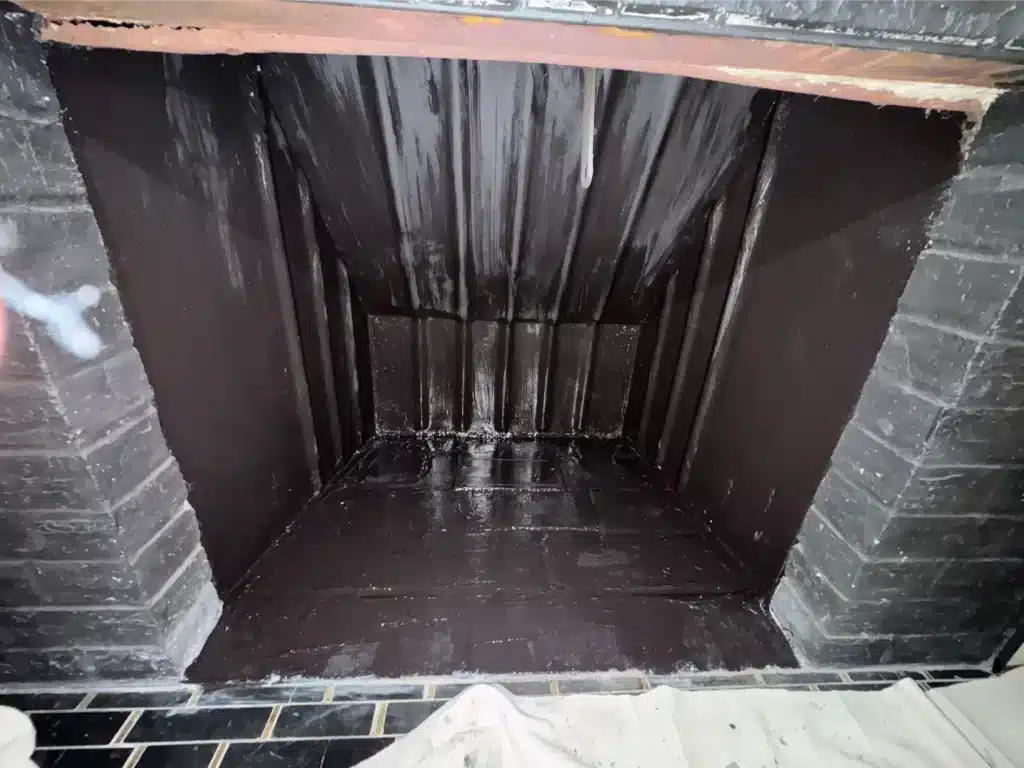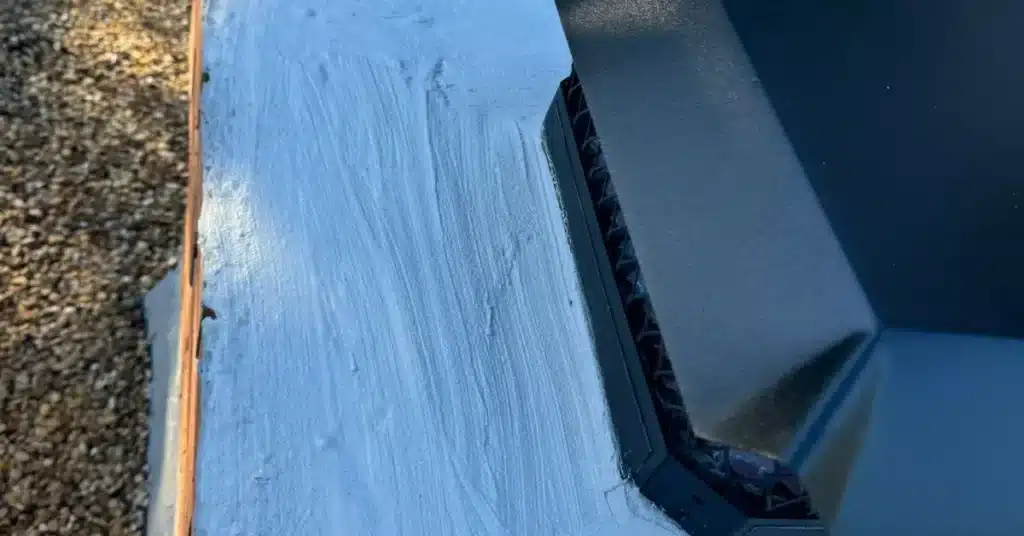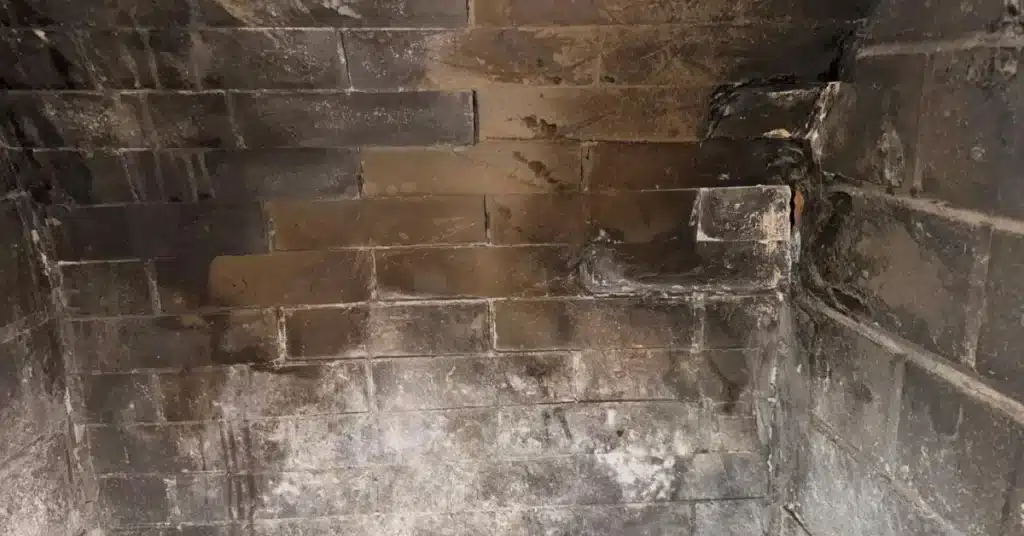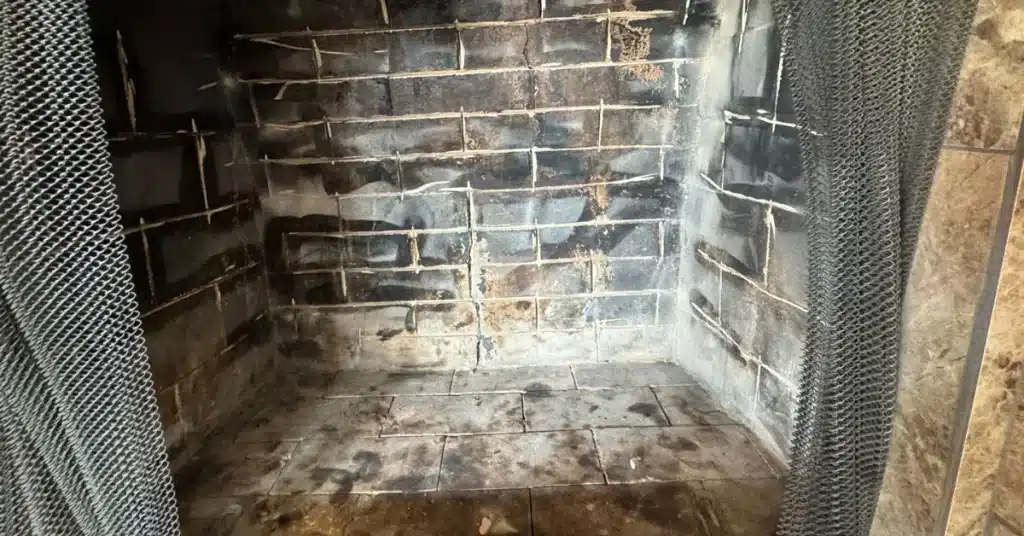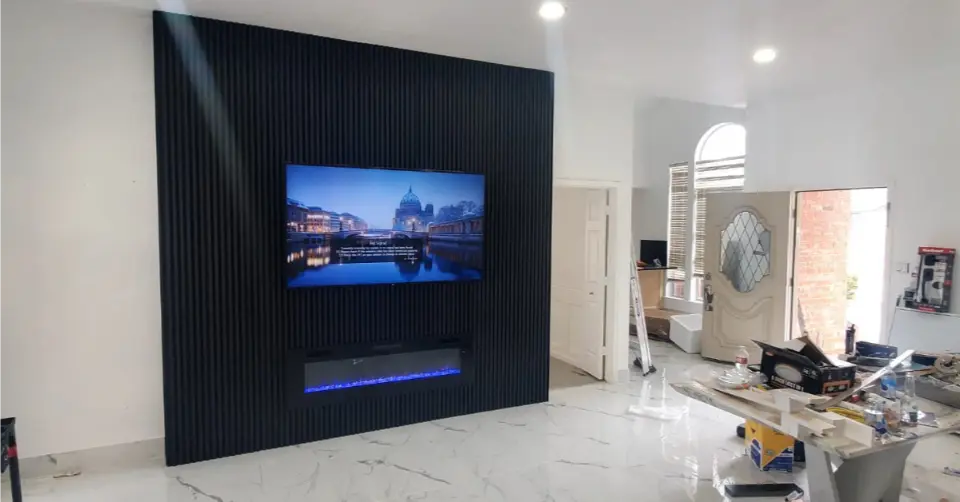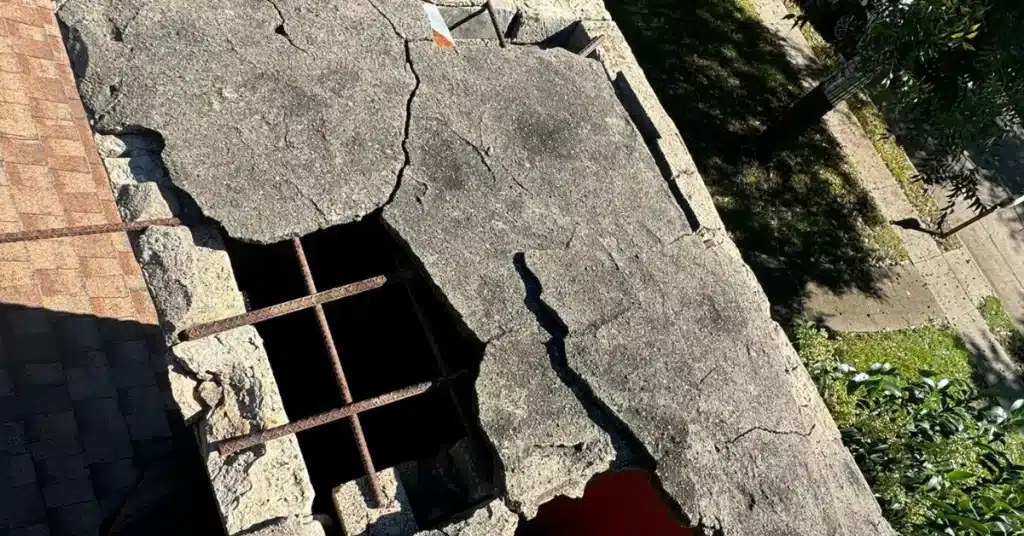As the weather gets chillier, there’s nothing quite like cozying up next to a warm, crackling fire. But before you light those logs and settle in with your favorite book, let’s chat about something super important – fireplace cleaning! You know, that essential maintenance task that so many of us (myself included!) tend to put off.
I’ve been in the chimney business for over 15 years, and trust me, I’ve seen what happens when folks don’t preform regular fireplace cleanings. From dangerous creosote buildup to blocked flues, proper maintenance isn’t just about keeping things pretty – it’s about keeping your home safe and your heating system efficient during those cold winter months.
Signs It's Time for Professional Fireplace Cleaning
You might be wondering, “How do I know when my fireplace needs some TLC?” Well, I’m about to share some telltale signs that have helped my clients recognize when it’s time to call in the pros.
First off, take a peek inside your chimney – do you see a glossy black substance coating the walls? That’s creosote, and it’s not your friend! This sticky residue builds up every time you burn wood, and when it gets thick (about 1/8 inch or more), it’s definitely time for a cleaning. Creosote is super flammable and is actually the leading cause of chimney fires in the US.
Another sign? Excessive smoke when you’re trying to enjoy your fire. If smoke is pouring into your living room instead of up the chimney, something’s blocking proper airflow. It could be soot buildup, a bird’s nest, or even structural damage.
How Often Should You Clean Different Types of Fireplaces
For those with traditional wood-burning fireplaces, the Chimney Safety Institute of America recommends an annual inspection. But if you use your fireplace as the main heat source during winter, you might need more frequent attention.
If you burn primarily seasoned hardwoods and maintain a good, hot fire, you’ll typically have less buildup than someone burning softer woods or keeping the fire smoldering at low temperatures. A hot, efficient fire produces less creosote, kind of like how a car running at optimal temperature produces less exhaust!
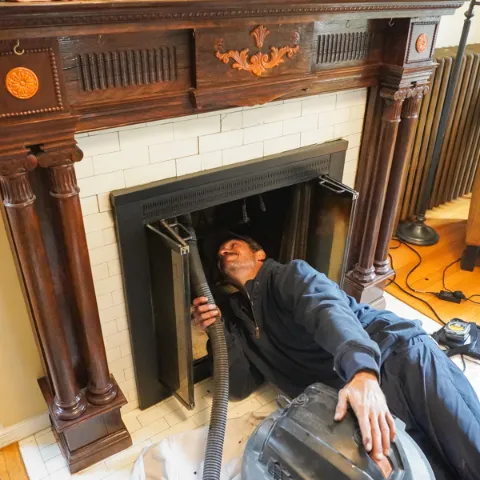
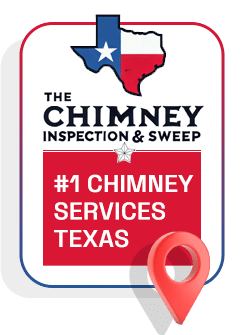
Gas Fireplace and Electric Fireplace Inspection Schedule
Gas fireplaces need annual fireplace cleaning, though full cleaning is typically needed only every two to three years. Unlike their wood-burning cousins, they don’t produce creosote, but they can collect dust and debris that affect performance.
Electric fireplaces cleaning is the lowest maintenance option. Most just need occasional dusting and a quick check of the heating elements once a year. Always unplug your electric fireplace before cleaning those glass doors!
DIY Fireplace Cleaning vs. Hiring a Chimney Sweep
For regular maintenance, there’s plenty you can do yourself. Removing cool ashes, cleaning glass doors with a specialized cleaning solution, and doing visual checks for obvious soot are all DIY-friendly tasks.
Here’s when to definitely call a professional:
- Annual inspections (especially before heating season)
- When creosote buildup exceeds 1/8 inch
- After chimney damage or when animals have nested
- If you notice structural issues or water damage
Professional chimney sweeps have specialized tools and training that go beyond what most homeowners have. We use camera equipment to inspect areas you can’t see and professional-grade brushes for thorough deep clean sessions.
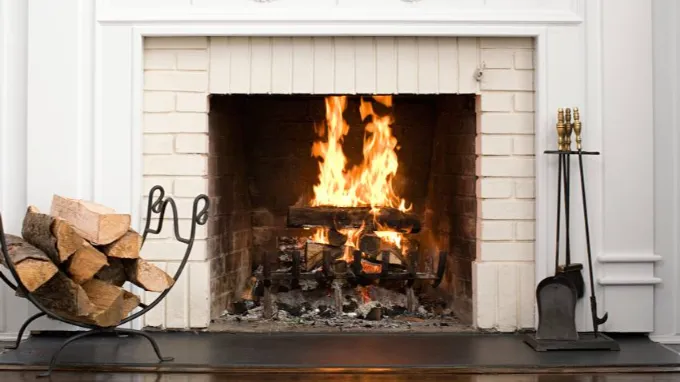
So, Can an Electric Fireplace Heat Up A Room?
After years of experience with these units, I can confidently say yes! An electric fireplace can effectively heat your space while adding that perfect touch of ambiance.
What I love most is how they combine practical heating with beautiful design – you’re not just getting a heater, you’re getting a stunning focal point for your room.
Every time I install one of these units, I’m reminded of how far we’ve come from traditional fireplace cleanings. They’re safe, efficient, and surprisingly powerful. Plus, with all the style options available, you’re sure to find one that matches your home’s personality perfectly.
FAQ
What's the difference between chimney cleaning and chimney inspection?
Cleaning removes flammable creosote and soot buildup. Inspection checks the chimney’s structure, liner, and overall condition for damage or needed repair. Cleaning addresses immediate fire hazards; inspection looks at safety and long-term maintenance, and is completed level by level.
Are soot and creosote really a problem for my health?
Yes. Soot and creosote contain fine particles that can get in your lungs. They cause respiratory problems. Prolonged contact may cause more severe health problems, including cancer risk. Regular removal is vital for healthy indoor quality of air.
Does an indoor fireplace need special cleaning services?
Indoor fireplaces need specialized cleaning. Removing ash and soot buildup is very important. Professionals will clean the firebox and damper. Unlike an outdoor chimney, indoor systems have connection to a home, so cleaning needs more care to help airflow.

